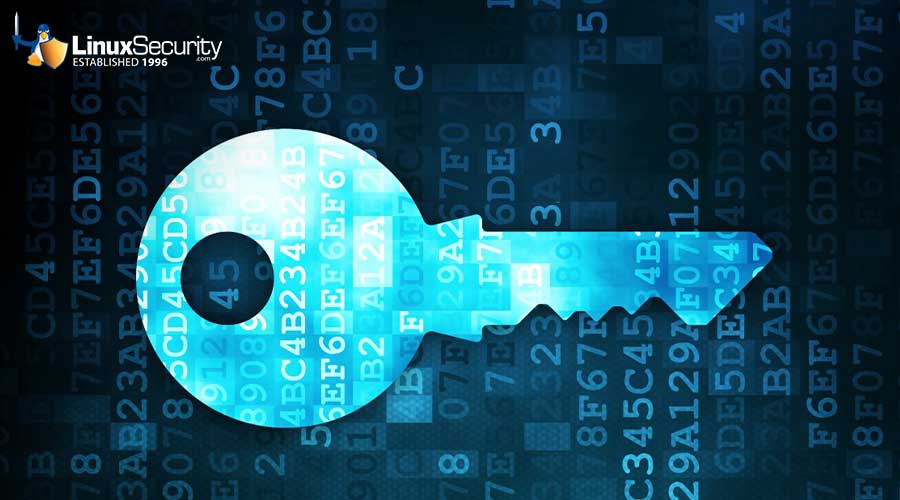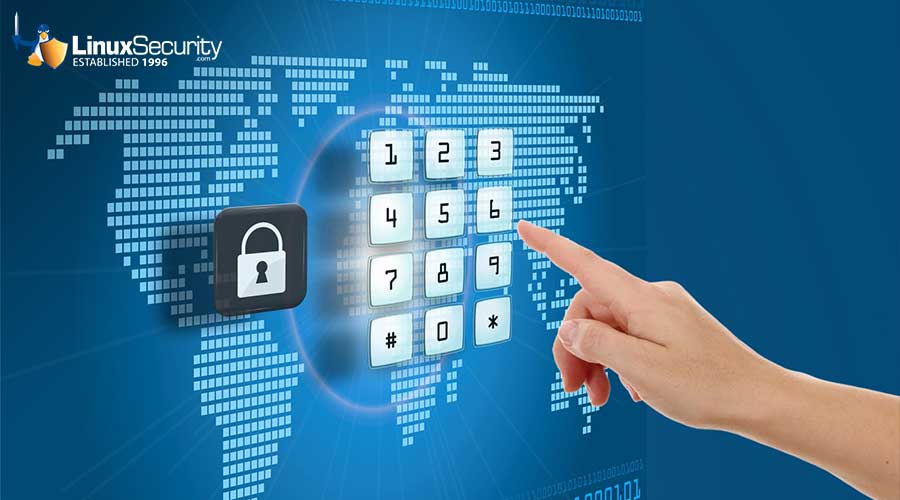Reducing Spam
Reducing SpamSpam is a common, and often frustrating, side effect to having an
email account. Although you will probably not be able to eliminate it,
there are ways to reduce it.What is spam?
Spam is the electronic version of "junk mail." The term spam refers to
unsolicited, often unwanted, email messages. Spam does not necessarily
contain viruses--valid messages from legitimate sources could fall
into this category.How can you reduce the amount of spam?
There are some steps you can take to significantly reduce the amount
of spam you receive:* Don't give your email address out arbitrarily - Email addresses
have become so common that a space for them is often included on
any form that asks for your address--even comment cards at
restaurants. It seems harmless, so many people write them in the
space provided without realizing what could happen to that
information. For example, companies often enter the addresses into
a database so that they can keep track of their customers and the
customers' preferences. Sometimes these lists are sold to or
shared with other companies, and suddenly you are receiving email
that you didn't request.* Check privacy policies - Before submitting your email address
online, look for a privacy policy. Most reputable sites will have
a link to their privacy policy from any form where you're asked to
submit personal data. You should read this policy before
submitting your email address or any other personal information so
that you know what the owners of the site plan to do with the
information.* Be aware of options selected by default - When you sign up for
some online accounts or services, there may be a section that
provides you with the option to receive email about other products
and services. Sometimes there are options selected by default, so
if you do not deselect them, you could begin to receive email from
lists those lists as well.* Use filters - Many email programs offer filtering capabilities
that allow you to block certain addresses or to only allow email
from addresses on your contact list. Some ISPs offer spam
"tagging" or filtering services, but legitimate messages
misclassified as spam might be dropped before reaching your inbox.
However, many ISPs that offer filtering services also provide
options for tagging suspected spam messages so the end user can
more easily identify them. This can be useful in conjunction with
filtering capabilities provided by many email programs.* Don't follow links in spam messages - Some spam relies on
generators that try variations of email addresses at certain
domains. If you click a link within an email message or reply to a
certain address, you are just confirming that your email address
is valid. Unwanted messages that offer an "unsubscribe" option are
particularly tempting, but this is often just a method for
collecting valid addresses that are then sent other spam.* Disable the automatic downloading of graphics in HTML mail - Many
spammers send HTML mail with a linked graphic file that is then
used to track who opens the mail message--when your mail client
downloads the graphic from their web server, they know you've
opened the message. Disabling HTML mail entirely and viewing
messages in plain text also prevents this problem.* Consider opening an additional email account - Many domains offer
free email accounts. If you frequently submit your email address
(for online shopping, signing up for services, or including it on
something like a comment card), you may want to have a secondary
email account to protect your primary email account from any spam
that could be generated. You should also use a secondary account
when posting to online bulletin boards, chat rooms, public mailing
lists, or USENET so that you can get rid of when it starts filling
up with spam.* Don't spam other people - Be a responsible and considerate user.
Some people consider email forwards a type of spam, so be
selective with the messages you redistribute. Don't forward every
message to everyone in your address book, and if someone asks that
you not forward messages to them, respect their request.
_________________________________________________________________Both the National Cyber Security Alliance and US-CERT have identified
this topic as one of the top ten for home users.
_________________________________________________________________Authors: Mindi McDowell, Allen Householder
_________________________________________________________________Copyright 2004 Carnegie Mellon University.
Terms of use:
This document can also be found online at
























